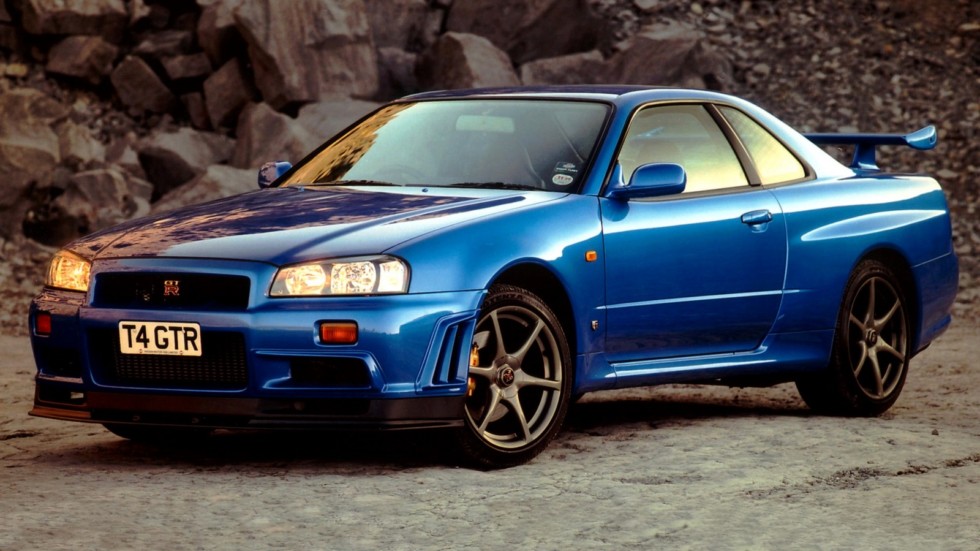Five reasons to love and hate Daewoo Nexia
 In the land of morning freshness, Opel Kadett turned first into Daewoo Racer, then into Cielo (and the car was delivered to a number of markets under the name Lemans and Pointer). In 1994, the car was upgraded to the Nexia name, and in 1995, the Daewoo assembly line in the Uzbek city of Asaka, not far from Andijan, began to work.
In the land of morning freshness, Opel Kadett turned first into Daewoo Racer, then into Cielo (and the car was delivered to a number of markets under the name Lemans and Pointer). In 1994, the car was upgraded to the Nexia name, and in 1995, the Daewoo assembly line in the Uzbek city of Asaka, not far from Andijan, began to work.
In those years, the Daewoo chaebol was actively expanding, and Nexia began to be assembled in Vietnam, Egypt and Romania, and since 1996 it stopped production at all in Korea, leaving it, however, in foreign branches. By the way, from 1996 to 1998, the SKD assembly was also carried out in Russia, at the Krasny Aksai plant in the Rostov region. Still, the main supplier of Nexia to our market was the UzDaewoo plant, where full-cycle production was organized.
An inexpensive foreign car quickly gained popularity, and even the single-core, eight-valve, 1.5-liter Opel motor with 75 hp did not interfere with this. In 2003, he was joined by an 85-horsepower 16-valve valve of the same volume, and after a serious restyling of 2008 – a new 1.6-liter engine with 109 hp power. At the same time, the power of the eight-valve unit brought up to 80 “horses”, and the car received a new radiator grille, lighting engineering, and front panel instrument cluster. As a result, sales reached the maximum: in 2011-2012, 50-55 thousand cars were sold!
But then the general obsolescence of the model still took its toll, and demand began to fall rapidly. The crisis has set the point: in 2014, about 9 thousand cars were sold, and in 2015 only 2 thousand Daewoo Nexia were sold. So how could it happen that the car of such an outdated design managed to break into the top ten of the most popular cars of Russia? And why do the owners write almost treatises on typical Nexia breakdowns, and then mark reliability as one of the main advantages of the model? Why love and hate Daewoo Nexia? Let’s understand …
Few of the owners of Daewoo Nexia are enthusiastic about the design of this car. This is understandable: its official birth took place back in 1984, which means that its shape appeared on the tablets and drawing boards two or three years earlier. As a result, in the mid-nineties of the last century, when Nexia broke into the Russian market, it was already a “model from yesterday”, and at the beginning of the second decade of the 20th century, it represented not even yesterday, but the day before automobile design. Such a living fossil. Relic of bygone eras.
Nevertheless, the fact that several years ago these cars were sold by tens of thousands speaks of the exceptional success of Opel designers, who managed to paint a “timeless car”, and with the modernization potential that allowed it to hold out on conveyors for three decades.
And yet, Nexia in Russia has never been a fashionable and prestigious car, primarily because of its “obsolescence”. In Uzbekistan, this young entrepreneur wearing a Brioni jacket and Gucci shoes could sit in a Daewoo Nexia with such a look as if taking a place behind the wheel of a Bentley or, at worst, BMW M. We bought Nexia in our country (and still buy on the secondary market) people with incomes below average, not taking into account the factor of prestige. There are quite a lot of retirees among them, but there are also quite a few young people for whom the Nexia becomes their first own car, a sort of “school desk on wheels”.
The model is popular with “freshly naturalized” immigrants from Central Asia, as well as among provincial taxi drivers. Accordingly, there is no respect for her on the road. Drivers perceive Nexia as auto-junk, and they strive to cut and not to miss.
And there is the factor of friends and relatives. Quite a lot of reviews mention that one of the reasons for selling the car was that colleagues and relatives got it. Laughing, devils, over the appearance of the car, they say, it hurts the design of her old-fashioned and asexual.
In which the owners of the Nexia are quite unanimous, this is in the high estimate of the suspension: “soft, comfortable, very energy-intensive and almost unkillable.” It begins to require some kind of intervention only after 100,000 kilometers. True, older machines with large runs reveal a mass of weak points: stabilizer struts, ball bearings and suspension struts begin to “fly” at lightning speed.
One of the owners said that during the year, Daewoo Nexia had rolled over a hundred thousand kilometers along the front roads of Donbass. The car flew into the craters of mines and mines more than once, so much so that you had to change the bent disks, but after all this bullying in the suspension it only took to change a couple of silent blocks: one because it was eaten by oil dripping from under the gasket, and the second – just for symmetry.





